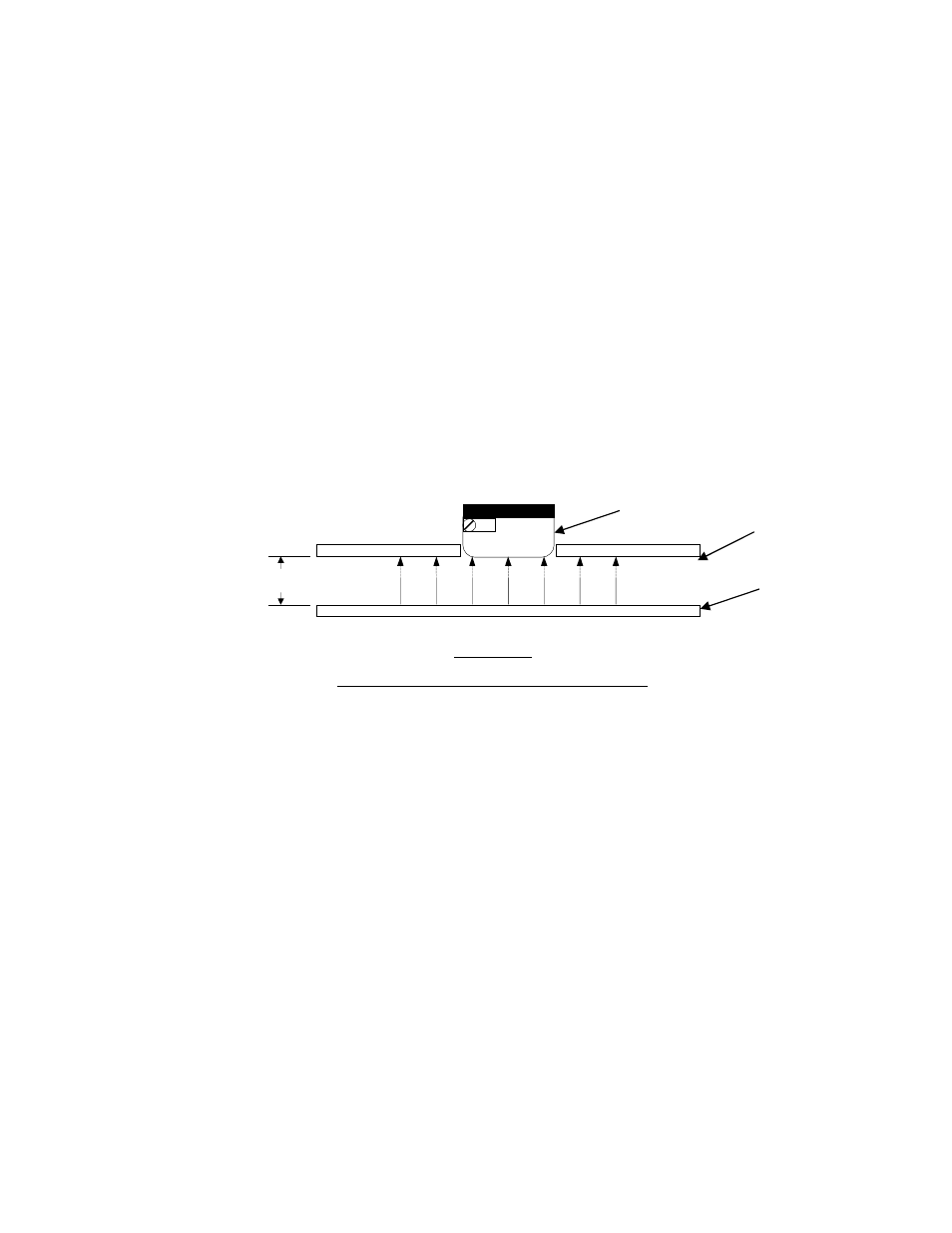Monroe Electronics Electrostatic Fieldmeter - Static Monitor - model 177A User Manual
Page 65

APNE-0016
64
Electric Fieldmeters
Charge is often difficult or impossible to measure directly. We rely on detection and
measurement of the electric field from the charged object to determine the existence of the
charge and to estimate its magnitude. The electrostatic fieldmeter is the instrument that
measures electric field strength.
Electric field strength measurements can be difficult to measure and interpret correctly
because of several factors that can affect the electric field itself or affect the measurement
of the electric field. Guidance is given in this document to help understand or minimize the
effects of these factors, and to otherwise correctly interpret electric field measurements.
Fieldmeters measure the electrostatic field (voltage per unit distance) at the aperture of a
grounded probe. Ideally, a uniform electric field is established between a charged surface
and a grounded surface. The grounded surface may be the grounded surface of the
fieldmeter probe, or the fieldmeter probe may also be placed in the plane of a grounded
surface (better). The electric field is set up between the grounded surface and the charged
surface some distance, D, away. Fieldmeters are calibrated at a particular distance, such
as V/inch or V/cm. Therefore, using the manufacturer’s calibrated distance (one inch or one
centimeter) makes the measurement easier to interpret. Probe-to-surface separation should
be carefully controlled for accurate measurement.
Figure II-1
Probe-to-Charged-Surface Separation, D
Monroe Electronics’ electrostatic fieldmeters use a feedback-driven, null seeking design to
assure accurate, drift-free, non-contacting measurements. Accuracy is typically 2% to 5% in
a carefully controlled geometry.
Figure II-2 illustrates a Monroe Electronics Model 1036 fieldmeter probe in simple graphical
form. This particular fieldmeter is a chopper-stabilized design that operates reliably in both
ionized and non-ionized environments. The probe can be physically located at the desired
measurement location, while the instrumentation portion of the fieldmeter is remotely
located. Because of its ‘intrinsically safe’ (IS) rating, the probe can operate continuously in
hazardous (explosive) environments provided that it is installed according to Monroe
Electronics’ instructions, and used with the approved intrinsic safety barriers.
D
Grounded
Surface
D
Probe
Charged
Surface